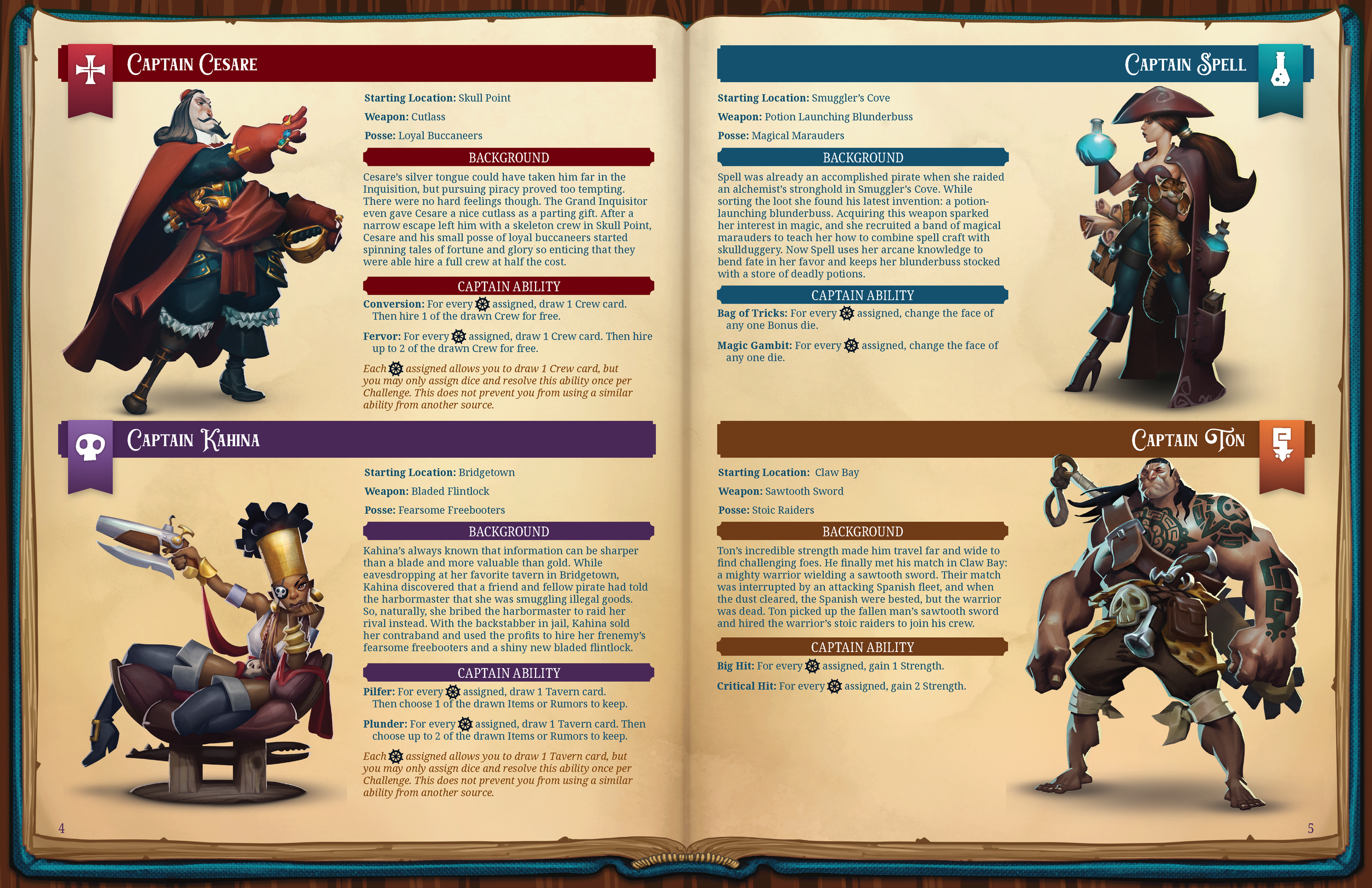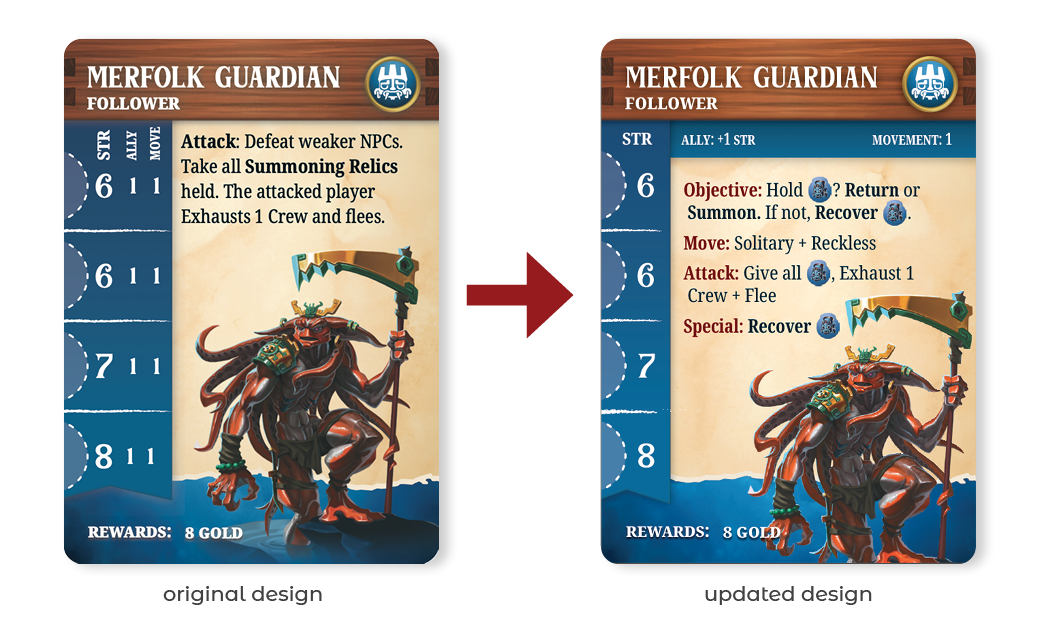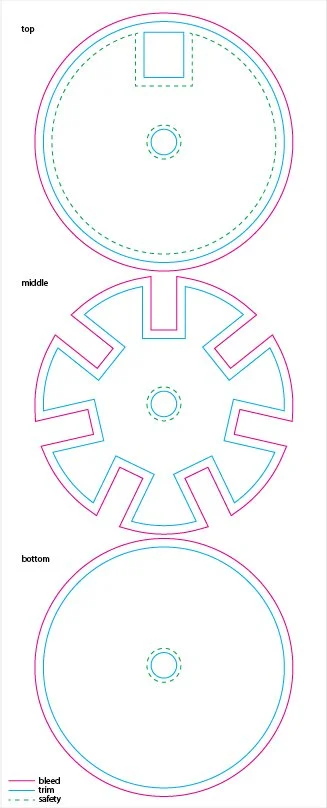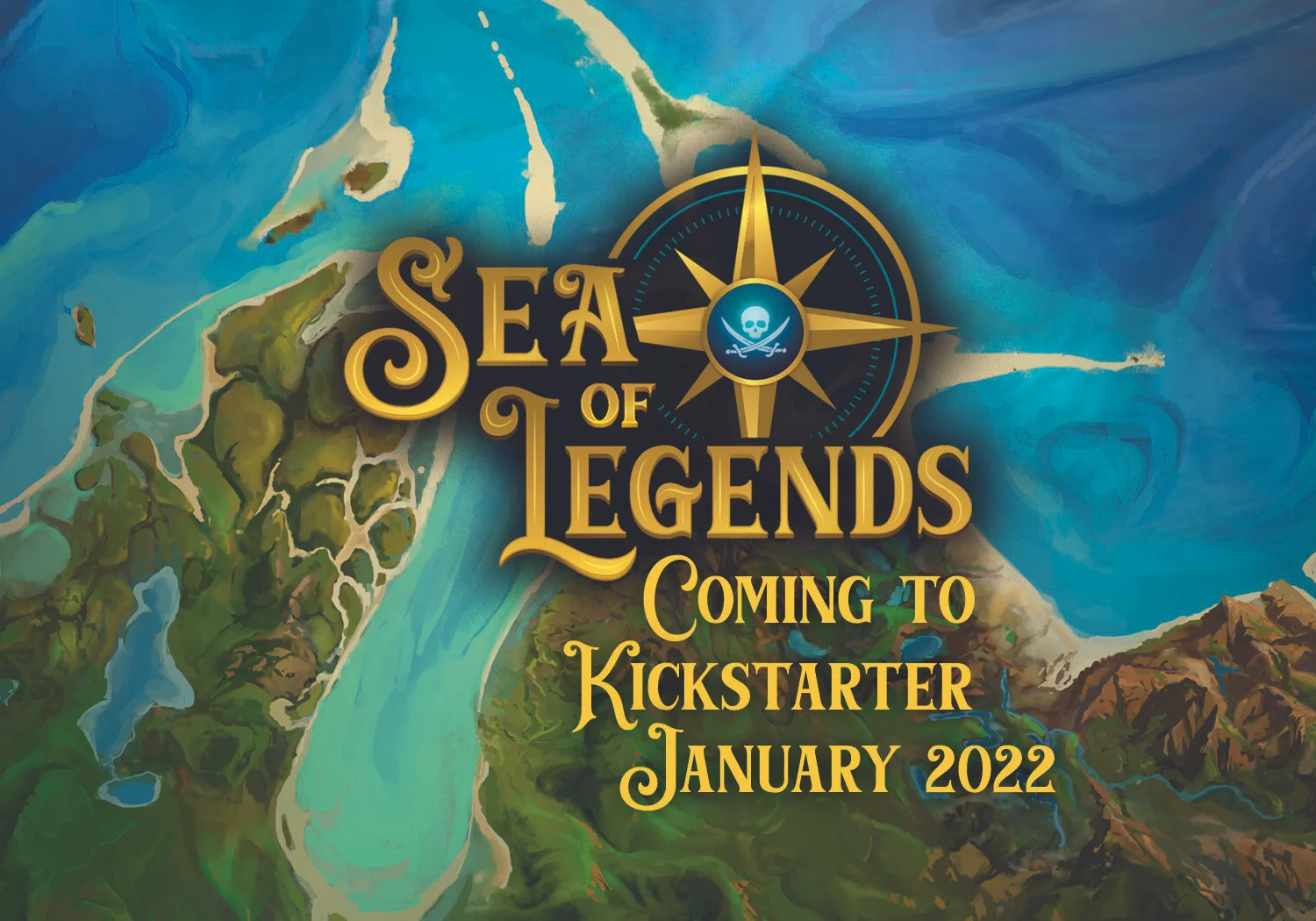Guildhall Studios
Testimonial from Michael Kindt Dalzen, Game Designer & Developer
Work was always excellent quality. Paid close attention to our requests and requirements as well as actively making suggestions to improve the final product. Mitchell was able to complete a large volume of graphic design work, primarily on rulebook design, but also cards and diagrams. He was able to deliver on a challenging schedule, often with a need to make short term pivots and adjustments as need arose. He showed excellent knowledge for the job tasks, procedures, and methods. Also able to research and acquire additional skills and tools as needed. Mitchell showed fantastic professionalism. He demonstrated flexibility, teamwork, and a positive attitude, even when asked to adjust to a flexible schedule. Excellent communicator and able to give regular updates on status and schedule while coordinating with our team. Mitchell played an instrumental role in a total overhaul of our rulebook, working closely with Patrick Day and myself to deliver a far stronger project in organization and visual clarity. He also delivered a redesign on a critical card type to improve our overall gameplay experience.
Role: Graphic Designer—Layout, Print and Digital Production, Infographics, Color Correction, Icon editing, Copyediting, Game Design input
Tools: InDesign, Photoshop, Illustrator, and Discord
Initially, Guildhall brought me on board to work on the rulebook for their upcoming game, ‘A Noble War.’ Unfortunately, that project ultimately got pulled early in development. However…
I was asked to rejoin the team when they decided to rework the rulebook for the second printing of ‘Sea of Legends’.
While completely remote, this project was highly collaborative with the game designer and developers, Michael Kindt Dalzen, Patrick Day, and Zach Weisman. We communicated daily on updates and progress over Discord video, voice, or text. Our workflow was extremely dynamic, agile, and rewarding.
When making a tabletop gaming experience the ease of learning how the game plays from the rulebook is make or break. Unfortunately, the first printing of ‘Sea of Legends’ did not have a clear rulebook experience. So, with the second printing that was our main goal.
It was my job to maximize clarity, consistency, and functionality while meeting the budget on page limit. Ultimately, this was a success highlighted by fans of the game who were originally frustrated by the first printing’s rules.
Here are some spreads from my version of the rulebook:
I was kept on for expansion content books as well. Here are example spreads from those books:
After updating the rulebook and creating the expansion guides we decided an update to the card designs was in order.
From there to get everything off to the printers I needed to update some of the packaging with new legal info and dates on the game boxes.
There was a new component that the team wanted to prototype and determine the cost of with the printer in China, so I developed the dieline in order to determine the efficacy of the component.
A Dieline that I designed based on the needs of the game designer to show the efficacy of the product to the CFO. It is a three layer rotating dial that tokens can be placed into the middle section and the top section can rotate to reveal the tokens’ information.
A print and digital promotional postcard









